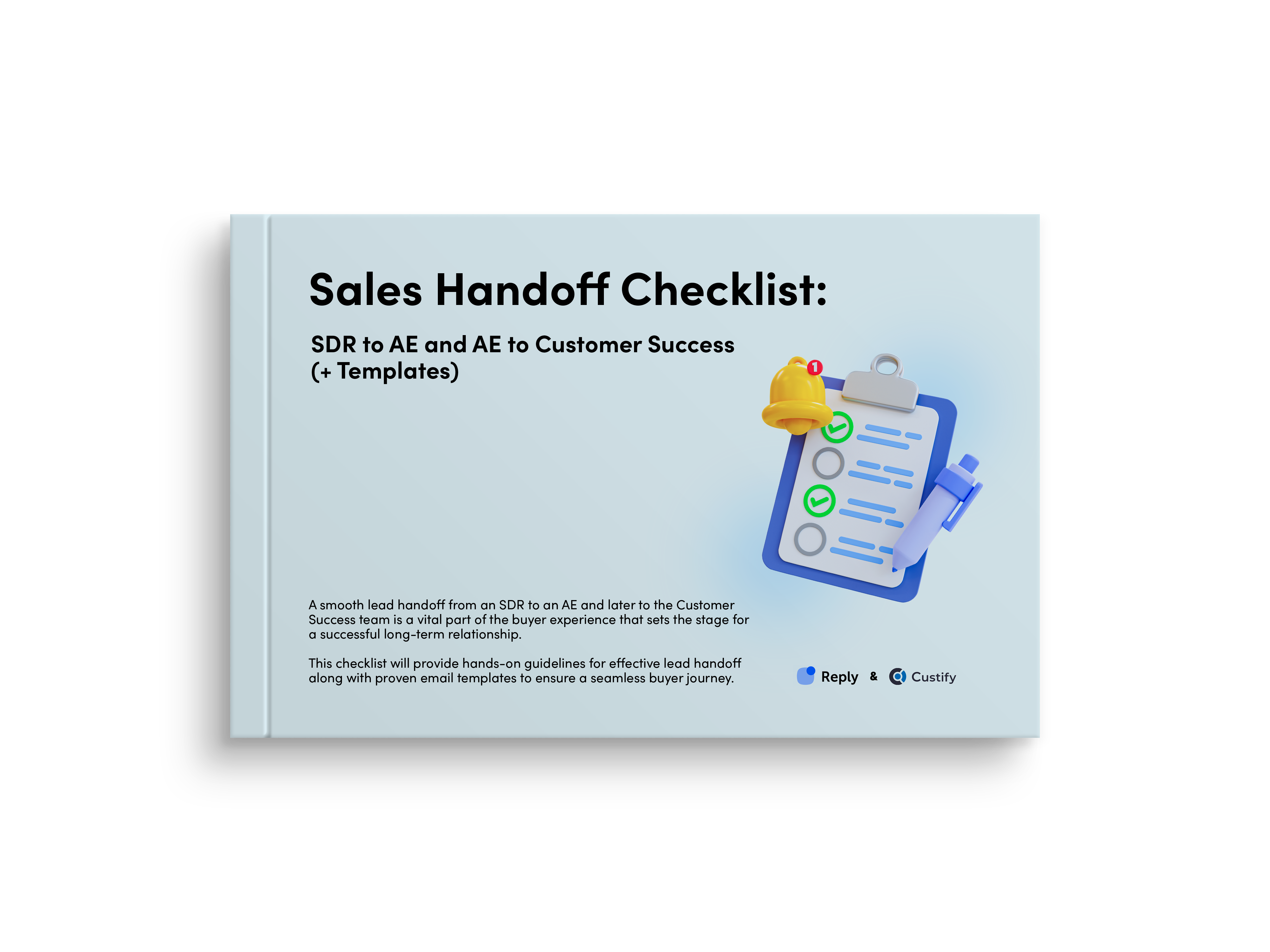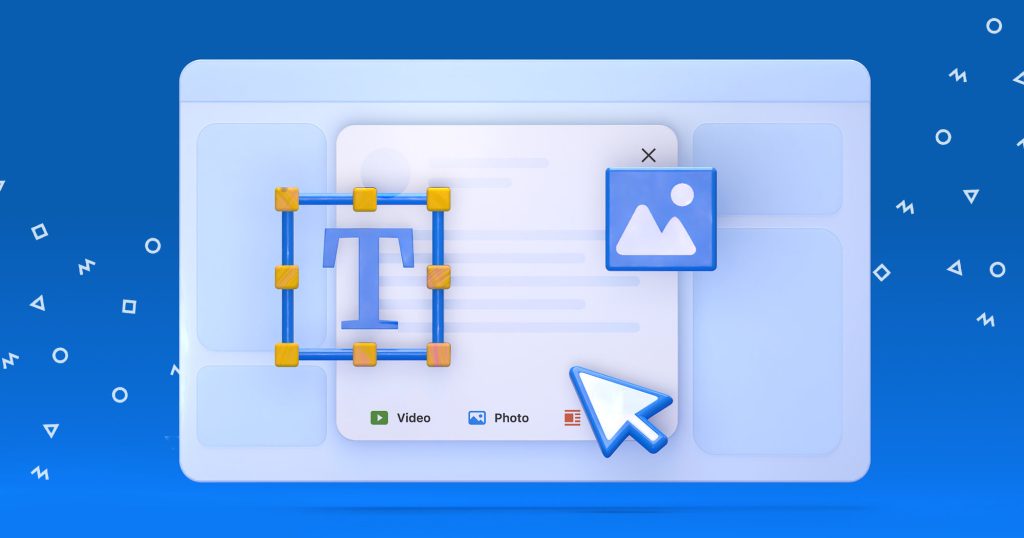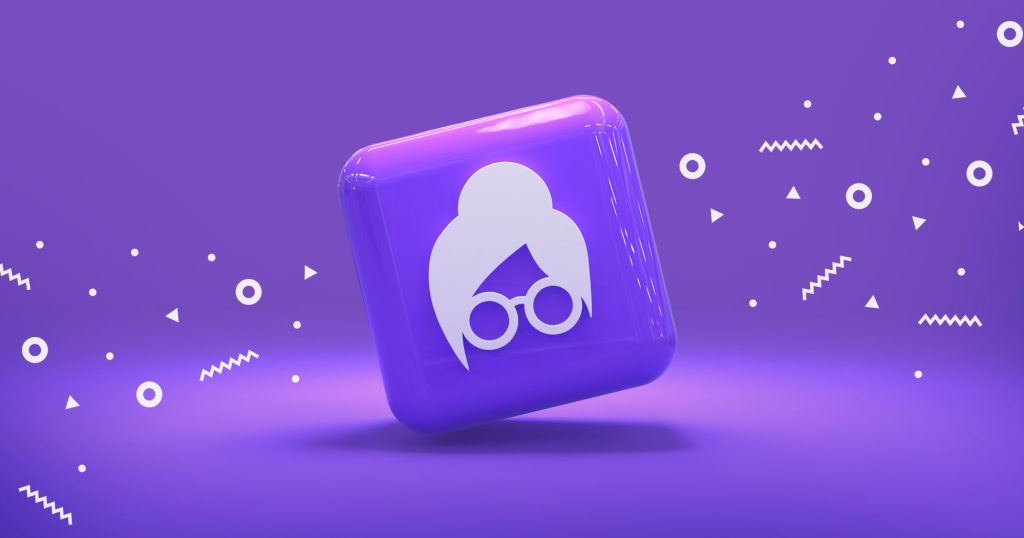The buyer’s journey has never been more complex… and, at the same time, more seamless. With all the available technologies and tools, it’s easier than ever to streamline any process you want – from data prospecting and outreach to customer onboarding and retention.
That is if you have the necessary process in place, of course.
And yet aligning your sales team (let alone several teams, like sales and customer success) is a challenge of its own. This makes a smooth lead handoff within your sales department and later to the service team a common struggle.
So we’ve decided to team up with our friends at Custify and share our sales handoff checklists, along with the proven email templates, to equip your team with a ready-to-use framework to build your own process.
What is a handoff process in sales?
Throughout the course of a buyer’s journey, your prospective customers go through a set of different steps. From awareness to engagement and later to the purchase, these are all parts of the sales process. Yet some of them fall into an area of responsibility of different roles and even departments.
This is why you need a solid lead handoff process.
Simply put, it’s a set of activities required to transfer the ownership of your prospective customer from one point of contact or role to another (or between departments) as they progress through their buyer journey.
As mentioned above, different parts of your sales process might be carried out by different team members or even different teams in your company. If we are talking about B2B SaaS sales, there are usually two separate handoffs:
- Sales development representative who handles the initial engagement to a sales manager or account executive (depending on your sales team’s hierarchy) who will negotiate and close the deal
- Sales manager or account executive to customer success for onboarding and product implementation
Of course, there are situations when there’s a unified revenue operations team handling all interactions with the prospect from initial contact to close and onboarding. In this case, you should still ensure a smooth transition from one stage of the process to the next one.
Regardless of the specifics of your sales process, having a clear framework for lead handoff is a must. There are multiple benefits of having a smooth sales handoff process. The most obvious and important ones are:
- Better prospect engagement and communication,
- Consistent buyer experience,
- Increased conversion rates,
- Lower dropoff (churn) rate,
- Improved customer satisfaction and loyalty, and
- Higher team efficiency and alignment.
However, a poorly executed sales handoff process can do more harm than good. So let’s talk about how we do that at Reply.







![New in 2025: Reply.io Teams Up with Persana AI [+Live Webinar] New in 2025: Reply.io Teams Up with Persana AI [+Live Webinar]](https://reply.io/wp-content/uploads/persana.io_-1024x538.jpg)